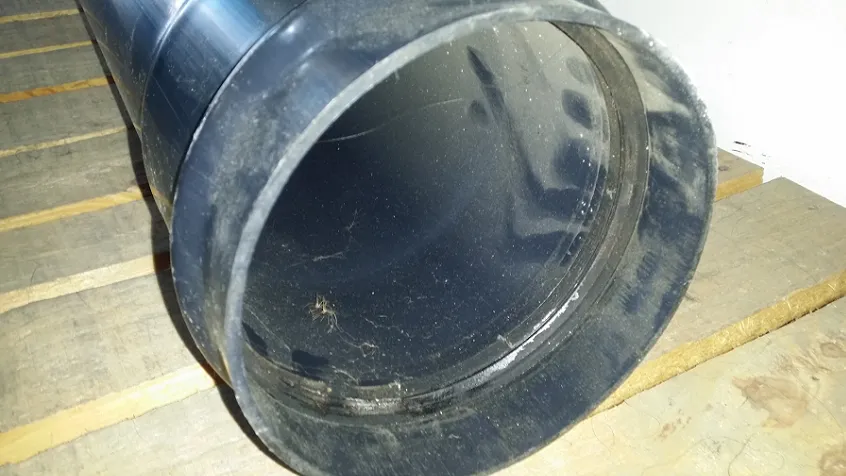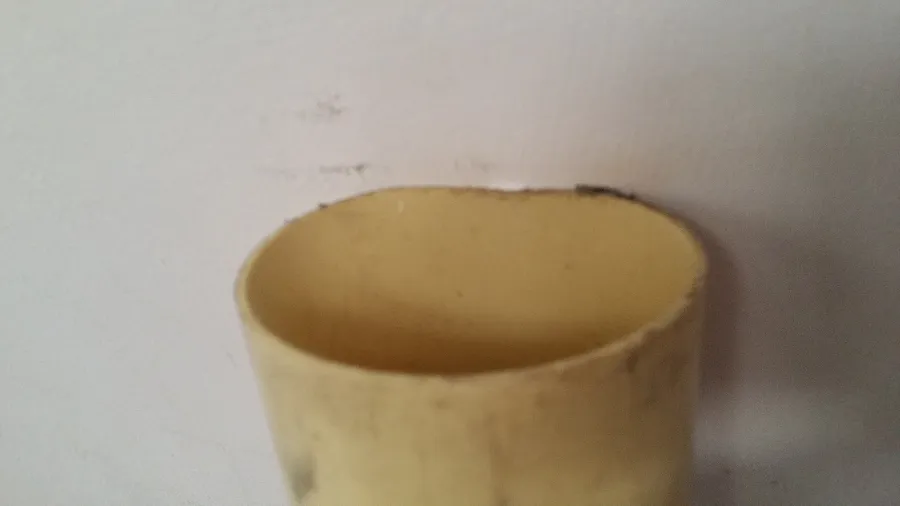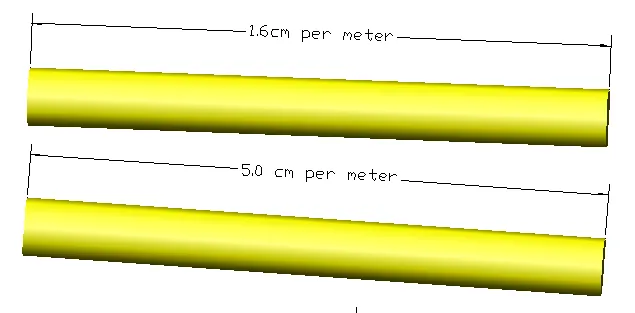Construction Materials, PVC Pipes

Hello friends, this time I will talk to you about the sewage or sanitary installations, which is more or less a network of pipes that transport the waste that comes from the bathroom, the laundry room and the kitchen.

The type of materials that are currently used to make these sanitary installations, let's say that they are all plastics, either PVC or sanitary polypropylene, PVC pipes are generally white or yellow in color and are usually joined by means of resins or Liquid adhesives are basically made up of polyvinyl chloride, hence the acronym PVC.





PVC pipes are used as a bonding system with resins or special adhesives and in many cases one of the ends has to be heated with a flame torch, or a heat gun to produce the bell to ensure the bond, the problem is that in this heating usually produces thinning within the thickness of the pipe and when there was an error one has to end up discarding that union and I say this in the best of cases because in the worst of cases, in the desire to recover it, this is usually reused part that is already damaged.

Quality control is essential in these products, the thicknesses are very important to take into account, well the thickness of the walls of some pipes is 3.2 mm and it is very difficult to compress, which makes it particularly suitable for example when it has to work buried very deep because it would support the weight of the earth very well, without having any type of deformation.
On the contrary, sometimes we have a much smaller thickness and they have a very, very high deformability, so they are not suitable for working buried because the weight of the earth can make them greatly reduce their working section.
pagina
It is very important that you make sure that the pipes that you are going to buy have these manufacturer's seals, where it is generally clarified that the product is tested or regulated (ASTM) by organizations that are in charge of verifying precisely that these pipes are of very good quality, I say this because there is a lot of competition for pipes that do not meet all the conditions and for which one gets carried away by a low cost but in reality is buying a product of inferior quality.

The slope is very important when installing pipes, the minimum slope that a sewage installation should have, in general, the regulations speak of two measures, they must not be less than 1.6 centimeters per meter of pipe up to a maximum of 5 centimeters per meters.

To see the importance of the slope in the pipes, I am going to explain it to you graphically, the idea with the slopes is that the "solids" travel floating through the liquids that circulate inside the pipe, the problem is that if the slopes are less than indicated those liquids do not have enough force to drag the solids; on the contrary, when those 5 centimeters per meter of fall are exceeded, the problem is that they flow too quickly and the solids normally settle on the bottom of the pipe, and it is usual to work with slopes of between 2 and 3 centimeters per meter.
I hope the information is useful when making a decision, do not forget to support me and we will read next time, bye.